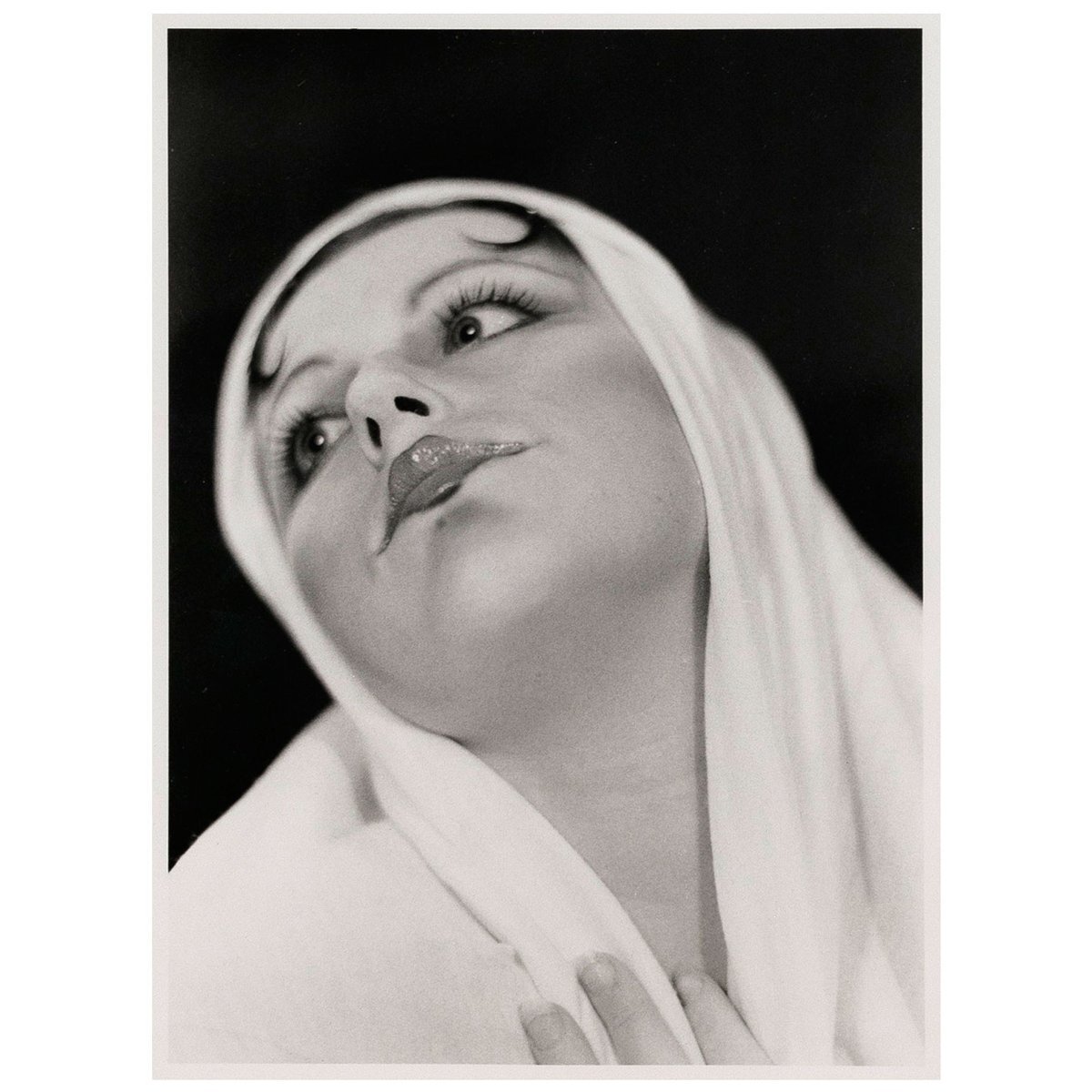Photography, Photographies
Alex Soth says ‘The best photographs always inspire curiosity, rather than satisfy it. I think this ambiguity is one of the most thrilling aspects of the medium.’ (Soth in Schuman, 2004)
Indeed my practice aims to raise questions, rather than provide answers, to open the viewers’ eyes and minds towards aspects of personal identity and the self, to encourage them to take the same self-inquisitive journey that I take myself. But how to best move from this intention to realisation and in Soth’s words provide the viewer with the ‘important clues’ that will help convey my message?
So in this post I would like to reflect a little on my intentions for this module and the work that I will produce as part of my project.
Looking at the characteristics of the photographic art as defined by John Szarkowski in The Photographers Eye in 1966 and similarly by Stephen Shore more than 30 years later in 1998 in The Nature of Photographs I reflect on the intent of my practice and consider how it might be framed along these lines. I draw on previous work on my self-portrait project as well as images of other practitioners.
It is important to note that both Szarkowski and Shore exemplify their theory with images that are mostly representational rather than constructed and mostly spontaneous rather than planned. The comparison becomes even more interesting in that respect as I try to find connections and points of departure.
Firstly, speaking of ‘the thing itself’ Szarkowski says that ‘a photograph evokes the tangible presence of reality’. However a photograph can only capture fragments of reality, so in the context of self-portraiture, there is an important decision to be made about what will actually be included and what these ‘fragments’ of reality will be captured in each image. My project explores personal identity and the self, and therefore in terms of capturing this I will be looking at ways of exploring and communicating not the surface reality but the unseen aspects of personality, history, emotion.
I think it is interesting to distinguish between self-portraiture that is fundamentally aimed at capturing the self (as my intention is) from photography that uses the photographer’s own body as a model or an actor playing a character, such as famously the work of Cindy Sherman and her untitled film stills.
Obviously there are creative choices to be made along the way but there are some parameters that are important to my project and therefore will influence the work, as well as provide continuity to the previous work in progress for a continuum and consistency of practice.
The images for this project as the previous work with self-portraiture will be constructed and realised in my photography studio in digital form. The choice is important and deliberate as the control aspect of these constructs is important.
For frame and vantage point, arguably in a controlled environment the choices are entirely driven by the concept and the creative interpretation of it rather than any limitations of the environment or other considerations that would be taken into account if these were say shot outdoors in an open space. My self portraits have a certain performative aspect to them and in that sense I think it is important that the viewer is almost eye level with me when observing them. Having said that, one of the challenges of the previous series of self-portraits was reconciling the concept with the execution for each image while maintaining consistency throughout.
It is important to notice that when Shore refers to the physical level of the photograph he speaks about film photography prints, and in that sense some of the ‘qualities’ that are imposed to the final image such as for example the colour tonality, are pre-determined by the film manufacturers and the photographer’s intervention is choosing from these predetermined sets. As I intend to shoot fully digital I will need to pay particular attention to my creative choices and be discerning in their use with a view to achieving a certain visual consistency and a certain ‘look and feel’ across the images. Overall I will attempt to create a visual style that is characterised by soft even light and a uniform slightly desaturated colour tonality reminiscent of Annie Leibovitz’s Vanity Fair portraits.
Shore’s ‘Mental level’ is possibly the most important aspect of my photographs given their conceptual and constructed nature. What is the mental image that I want my viewers to see when they look at the images?
Finally thinking of the location of practice - my intention is to look at innovative ways of presenting my work and a look at Carol Squire’s ‘What is a Photograph’ exhibition provided food for thought in terms of non-conventional methods of expression.
I have particularly liked the idea of establishing a connection between the subject photographed and its image such as in Matthew Brandt’s work Lakes and Reservoirs. Brandt collects water from the lake photographed and then makes a C-print of this photograph and soaks it in the water that was collected. Brandt says: ‘The outcome is the reaction of the image of this lake or reservoir that has been soaked in its own water over a period of time. They are circumstances of a Lakes’ image that meets its real substance.’



